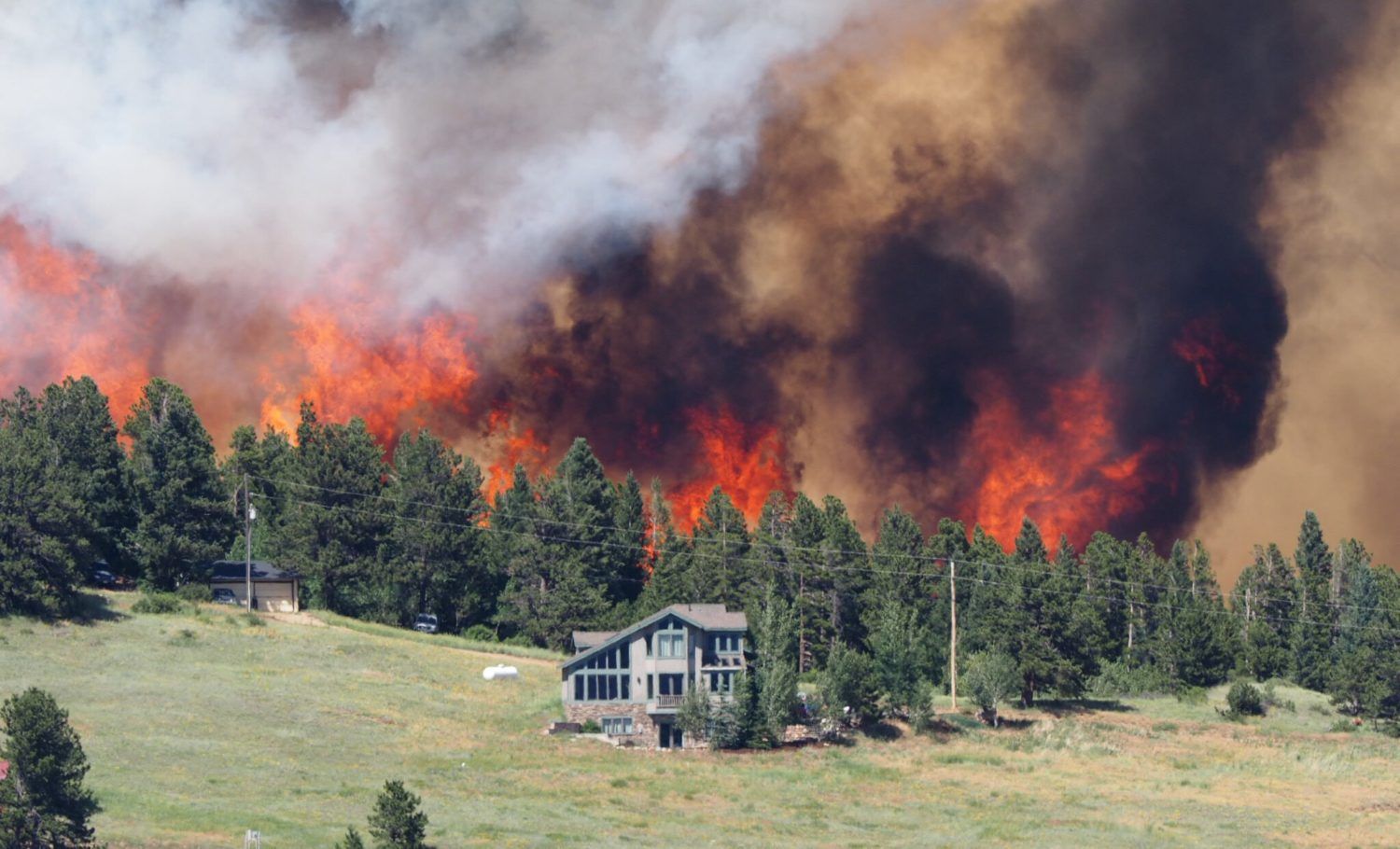Greenhouse Gas Road Map is a good first step, but must be backed up with actionable plans and a greater focus on equity
After many months, Colorado’s Greenhouse Gas Pollution Reduction Roadmap is finally a reality. The roadmap was designed to help the state meet its stated goal of reducing greenhouse gas by 50 percent by 2030 and 90 percent by 2050, an aggressive but attainable goal if robust action is taken soon.
While the roadmap has many strengths, we must make more headway in a couple of key areas. First, we must urge more clear, enforceable policies be outlined and that those policies be tied to accountability for both monitoring and outcomes. And second, this roadmap should be rooted in a robust equity framework that addresses both the impacts of climate change across the state, but also considers the impacts of needed shifts in industry.
In May 2019, Governor Polis both signed into law the Colorado Action Plan to Reduce Pollution Act which put in place greenhouse gas emissions reduction targets and directed state agencies to develop a plan for how to meet these targets. The Greenhouse Gas Pollution Reduction Roadmap, released on Sept. 30, is the plan drafted by state agencies with input from across the state, to meet those targets. Specifically, the roadmap outlines a baseline emissions inventory, models effects of the 14 climate and energy bills adopted during the 2019 legislative session, projects a possible pathway to meeting state greenhouse gas emissions reduction goals and identifies near-term action recommendations.
We can see from the report that transportation is the leading source of greenhouse gas in our state followed closely by electricity generation, oil and gas production and buildings. We can also see from the report that while meeting our greenhouse gas reduction goals is achievable, it will require additional policy changes and state actions beyond those that have already been taken.
While the initial analysis and recommendations in the report represent good first steps toward the emission reductions we need, the roadmap lacks specific, robust policies that can be tied directly to accountability for both state agencies and the industries that are impacted. For example, it won’t be enough to note that Colorado needs dramatic reductions in methane emissions from oil and gas development. We must couple that with strong enforcement and accountability policies that ensure those reductions occur, and when they don’t, ensures actions are taken to put the state back on track.
In addition, the roadmap must be rooted in a strong equity framework for all Coloradans. We know that many communities across the state are subjected to disproportionate exposures to pollution. The roadmap must make that reality clear and then address that reality with clear policy to specifically aid those communities and hold their polluters responsible. We also know that the needed transitions away from increased oil and gas development will have real impacts on local economies and Colorado workers. The roadmap should also address policies that will help those working families and individual communities make the transition to new industries and new jobs.
Over the coming months, the public will have opportunities to weigh in on the elements of the plan, it’s strengths and its areas for improvement. Healthy Air and Water Colorado will continue to provide opportunities to engage in the conversation and provide feedback.
● You can read the full Green House Gas Reduction Roadmap.
● You can read an executive summary of the roadmap.


Press Release: Colorado Takes Important Step in Cutting Methane Pollution, But More Action is Needed










